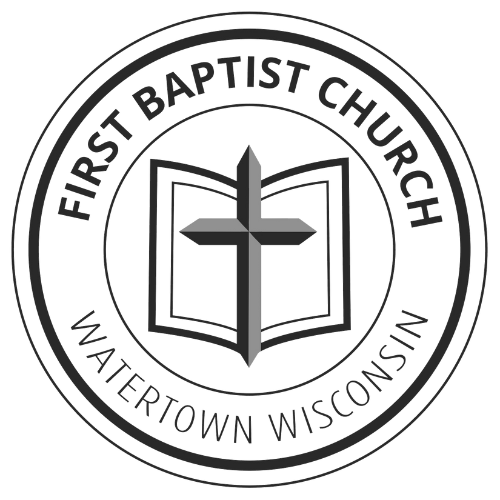Samuel Miller, Thoughts on Public Prayer
Harrisonburg, VA: Sprinkle Publications, 1985 reprint 1849, 306 pgs.
Summary: Samuel Miller (1769-1850), one of the founding professors of Princeton, was a godly and strident Presbyterian. The book lays out the history and theological development of public and cooperate prayer. Miller is adamantly against Roman Catholic forms of prayer and Protestant liturgies.
Chapter 2 covers the history of public prayer. It includes the explanation as to why many churches are designed so that worshipers face east. The Septuagint translated the Hebrew word for Branch in Zechariah 6:12 with a word “strictly speaking. . .applied to the rising and appearance of the sun, and by metonymy, it is applied to the East, because the sun rises in the East” (87).
The habit of closing eyes in prayer was known in Origen’s day (c. 185-254): “We learn also from Origen, that ministers in his day were accustomed in public prayer, to officiate with closed eyes. . . ‘Closing,’ says he, ‘the eyes of the body, but lifting up those of the mind.’” (63) [Cf. Contra Celsum, Lib. viii.]
He also makes the somewhat suspect argument that, “Thus it is inconvertibly evident that, for the first three hundred years after Christ, standing in public prayer was the only posture allowed, on the Lord’s day, to the mass of Christian worshipers, who were in a state of union with the Church” (125). And, “The posture of sitting in public prayer has no countenance either from Scripture, from reason, or from respectable usage, in any part of the Church’s history” (127).
Chapter 3 covers the arguments for set and normative forms of written prayers in the church. This chapter is of historical interest only as extemporaneous prayers are now allowed in the vast majority of Protestant communions.
Chapters 4-6, Frequent Faults of Public Prayer, Characteristics of a Good Public Prayer, The Best Means Attaining Excellence in Conducting Public Prayer. These three chapters are the marrow of contemporary usage. His advice is rich, warm, practical, and evangelical. He makes careful use of the distinction of the gift of prayer and the spirit of prayer.
Benefits/Detriments: The last three chapters are of wholesome interest to those responsible for public prayer. They are also summarized in Ligon Duncan’s modern edition of A Method for Prayer: Freedom in the Face of God by Matthew Henry as an appendix. Recommended for pastors with a historical bent.
